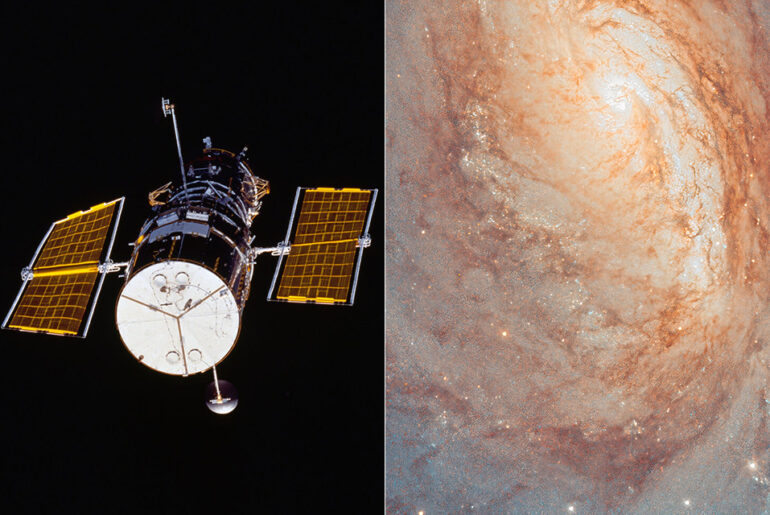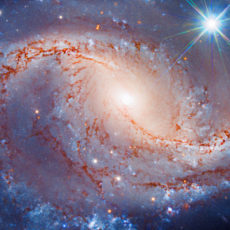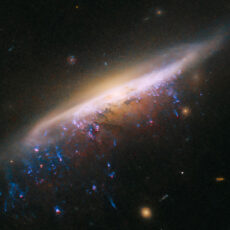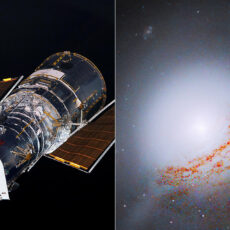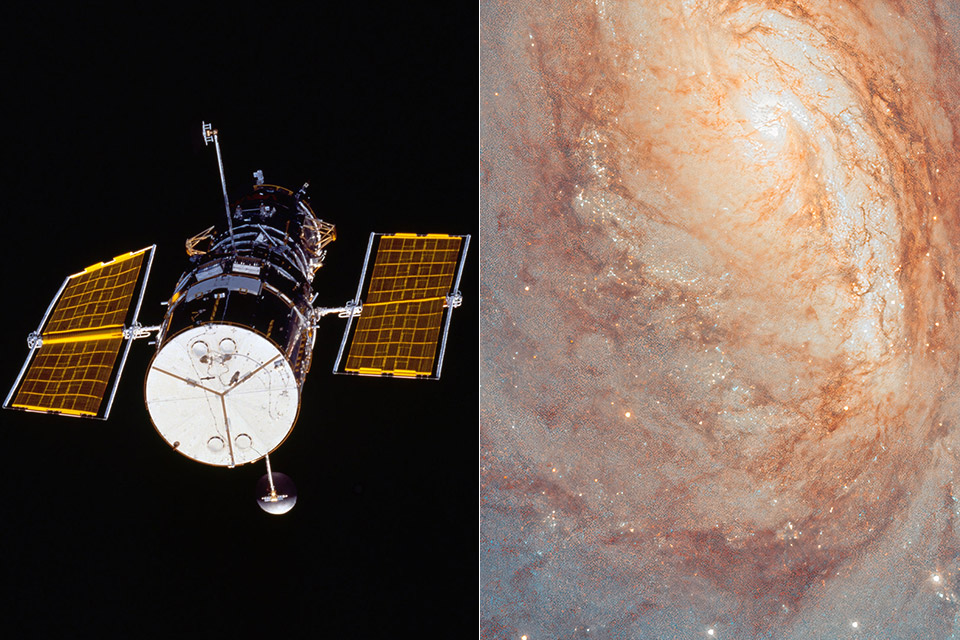
A spiral galaxy in the Scorpius constellation, 100 million light-years away, is a beauty to say the least. NASA/ESA’s Hubble Space Telescope captured images of NGC 6000, which has a golden core and blue arms, providing a glimpse into stellar evolution, supernovae, as well as an unexpected visitor from our own Solar System.
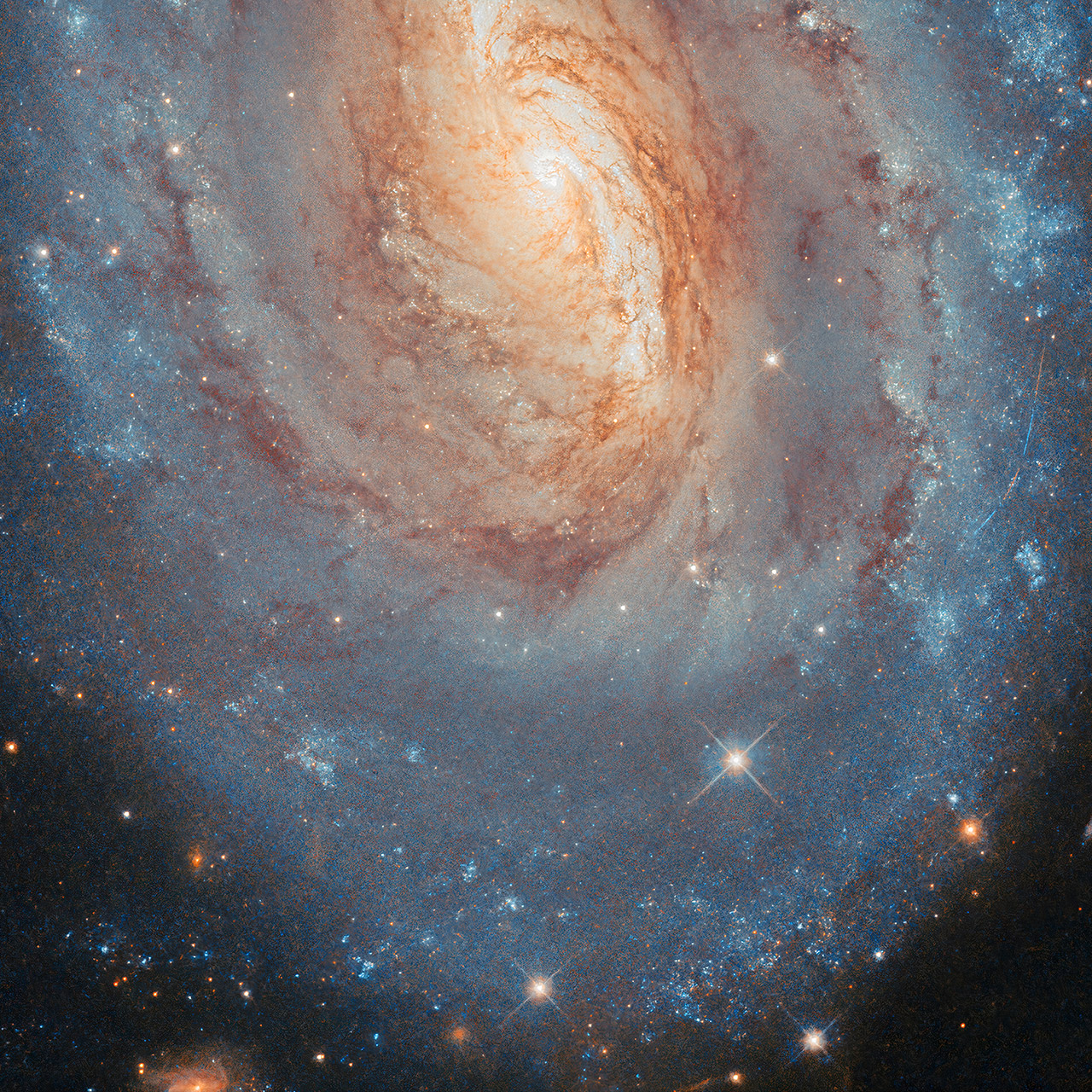
The core of NGC 6000 is warm golden, old and cool. These are the galaxy’s veterans, smaller and less massive with a bright red core. As you move outwards the spiral arms turn blue, where younger, hotter and more massive stars group together in brilliant clusters. The contrast is striking: gold dissolves into blue and age gives way to youth.
- 2 AVIATION LEGENDS, 1 BUILD – Recreate the iconic Boeing 747 and NASA Space Shuttle Enterprise with the LEGO Icons Shuttle Carrier Aircraft (10360)...
- DEPLOY LANDING GEAR – Turn the dial to extend the massive 18-wheel landing system on your airplane model, just like real flight operations
- AUTHENTIC FEATURES & DETAILS – Remove the tail cone, engines, and landing gear from the NASA shuttle and stow them in the cargo bay during flight
NGC 6000 has had two supernovae in recent years, one in 2007 and one in 2010. Even years later Hubble can still see the faint glow from these stellar explosions. These ghosts reveal information about the stars that went boom and whether they had partners.
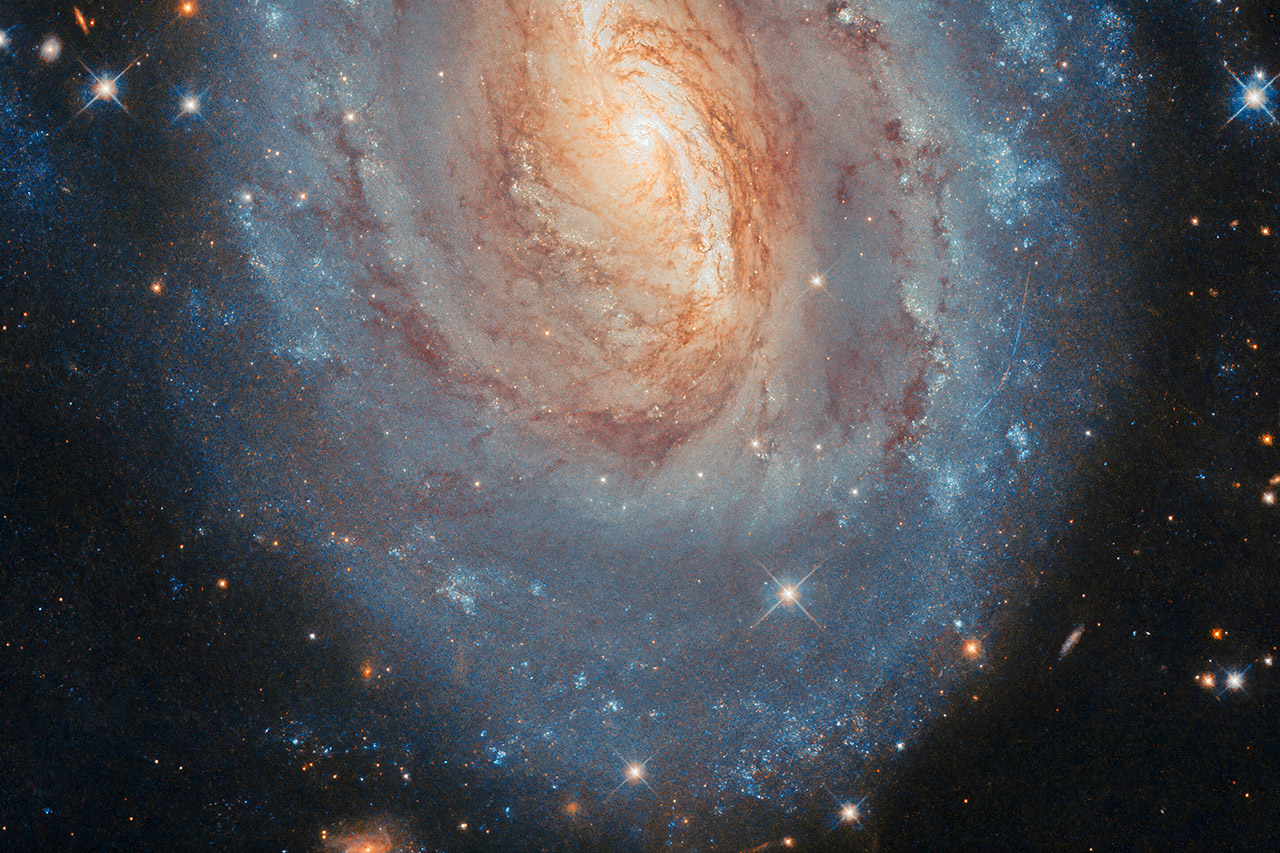
Zoom in on the right side of the galaxy and you’ll see something unusual – four yellow and blue lines cutting across the starry background. These are the footprints of an asteroid passing through our Solar System. Hubble caught it in mid-motion and took multiple exposures to create this composite image. Each streak is from a different filter which captures specific wavelengths of light to see stars based on their color.
Hubble was looking for supernova remnants but the image shows more than that. It shows the structure of a galaxy, the life of its stars and the interaction of light and time. The golden center, blue arms, supernova ghosts and moving asteroid all work together to make NGC 6000 more than just a research subject.

